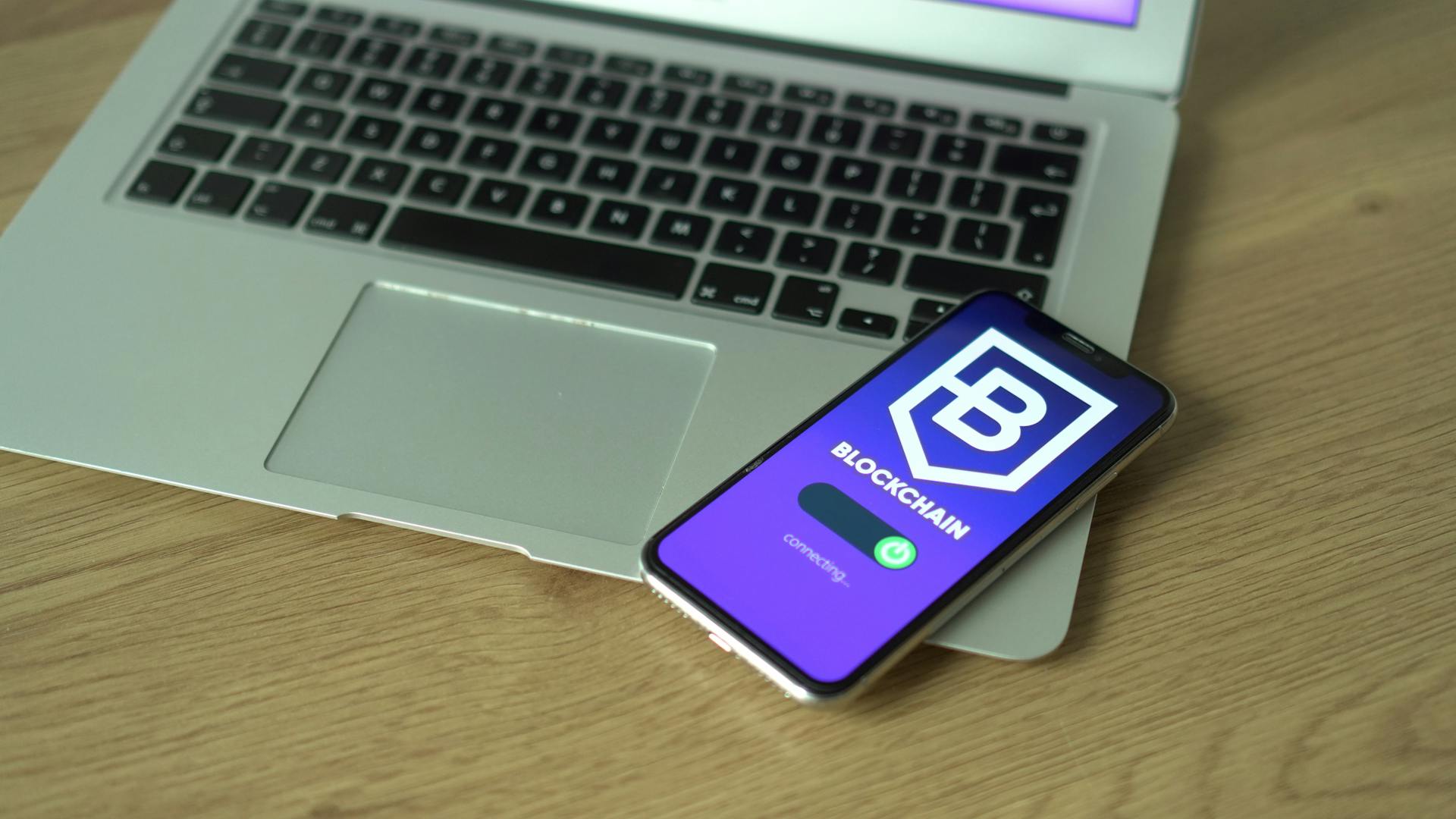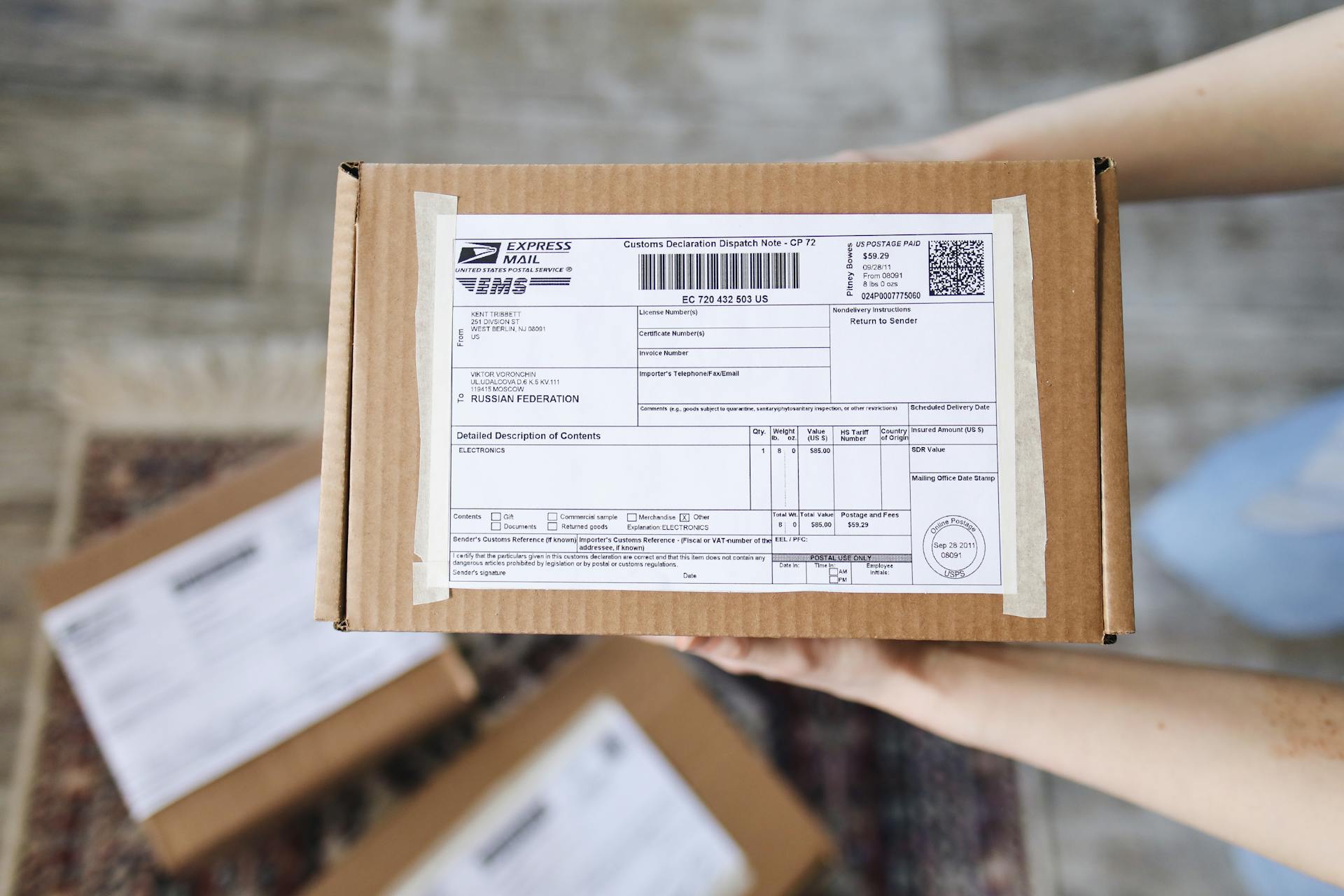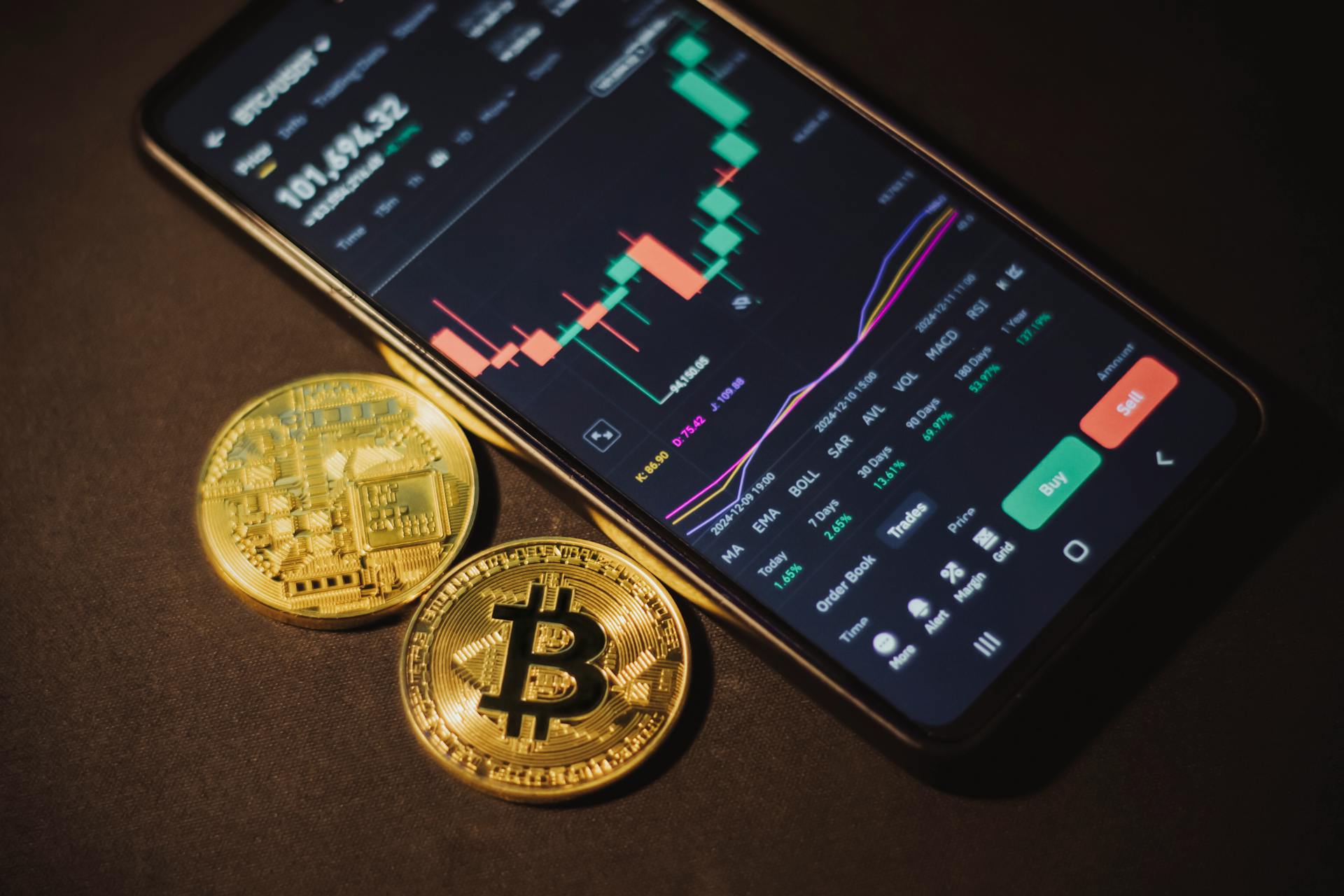
A crypto wallet address is essentially a unique digital identifier that allows you to receive cryptocurrencies like Bitcoin or Ethereum. It's like a special mailbox for your digital coins.
Think of it like a bank account number, but instead of routing money, it routes cryptocurrencies. This address is used to send and receive funds, and it's unique to each wallet.
To generate a crypto wallet address, you need to create a wallet, which can be done using a software, hardware, or online service. A wallet can be thought of as a digital container that stores your private keys and allows you to interact with the blockchain.
You might enjoy: Bitcoin Btc Address
What Is Cryptocurrency?
Cryptocurrency is a digital or virtual currency that uses cryptography for security and is decentralized, meaning it's not controlled by any government or financial institution. It's like having a digital version of cash that you can use to buy things online or in person.
Curious to learn more? Check out: Ledger - Nano S plus Crypto Hardware Wallet
The first cryptocurrency was Bitcoin, which was introduced by Satoshi Nakamoto, a person or group of people who created the entire system. The first Bitcoin transaction was sent to Hal Finney, who was a friend and fellow developer of Nakamoto.
Cryptocurrency transactions are recorded on a public ledger called a blockchain, which is like a digital bookkeeping system that keeps track of all transactions. This makes it possible to verify the ownership of cryptocurrency and prevent counterfeiting.
The blockchain is accessible to everyone, thanks to modern cryptocurrency wallets that make it easy to send and receive cryptocurrency. These wallets store the passkeys you need to sign for transactions and provide an interface to access your cryptocurrency.
For more insights, see: What Is a Bitcoin Wallet
Types of Cryptocurrency
There are several types of cryptocurrency, including Bitcoin, Ethereum, and Litecoin. Each type has its own unique features and uses.
Bitcoin is the first and most widely recognized cryptocurrency, launched in 2009 by an individual or group using the pseudonym Satoshi Nakamoto. It's a decentralized digital currency that allows for peer-to-peer transactions without the need for intermediaries.
Ethereum is the second most widely used cryptocurrency, launched in 2015 by Vitalik Buterin. It's not just a digital currency, but also a platform for building decentralized applications.
Litecoin is a peer-to-peer cryptocurrency and open-source software project, launched in 2011 by Charlie Lee. It's designed to be faster and more lightweight than Bitcoin, with a faster block generation time.
Altcoins, or alternative cryptocurrencies, are a type of cryptocurrency that's not Bitcoin or Ethereum. They're often created to improve upon the features of existing cryptocurrencies or to offer new and innovative uses.
Cryptocurrency Software
Cryptocurrency software is a convenient way to manage your digital assets. Software wallets can be installed on desktops or laptops and accessed on mobile devices.
These wallets can display your balance, make transactions, and access your cryptocurrency through private keys. Private keys are crucial to access your coins, so it's essential to control access to them.
Many software wallets are designed by cryptocurrency exchanges and offer exchange integration. Some popular software wallets include Trezor, Electrum, and Mycelium.
On a similar theme: Hardware Wallet vs Software Wallet
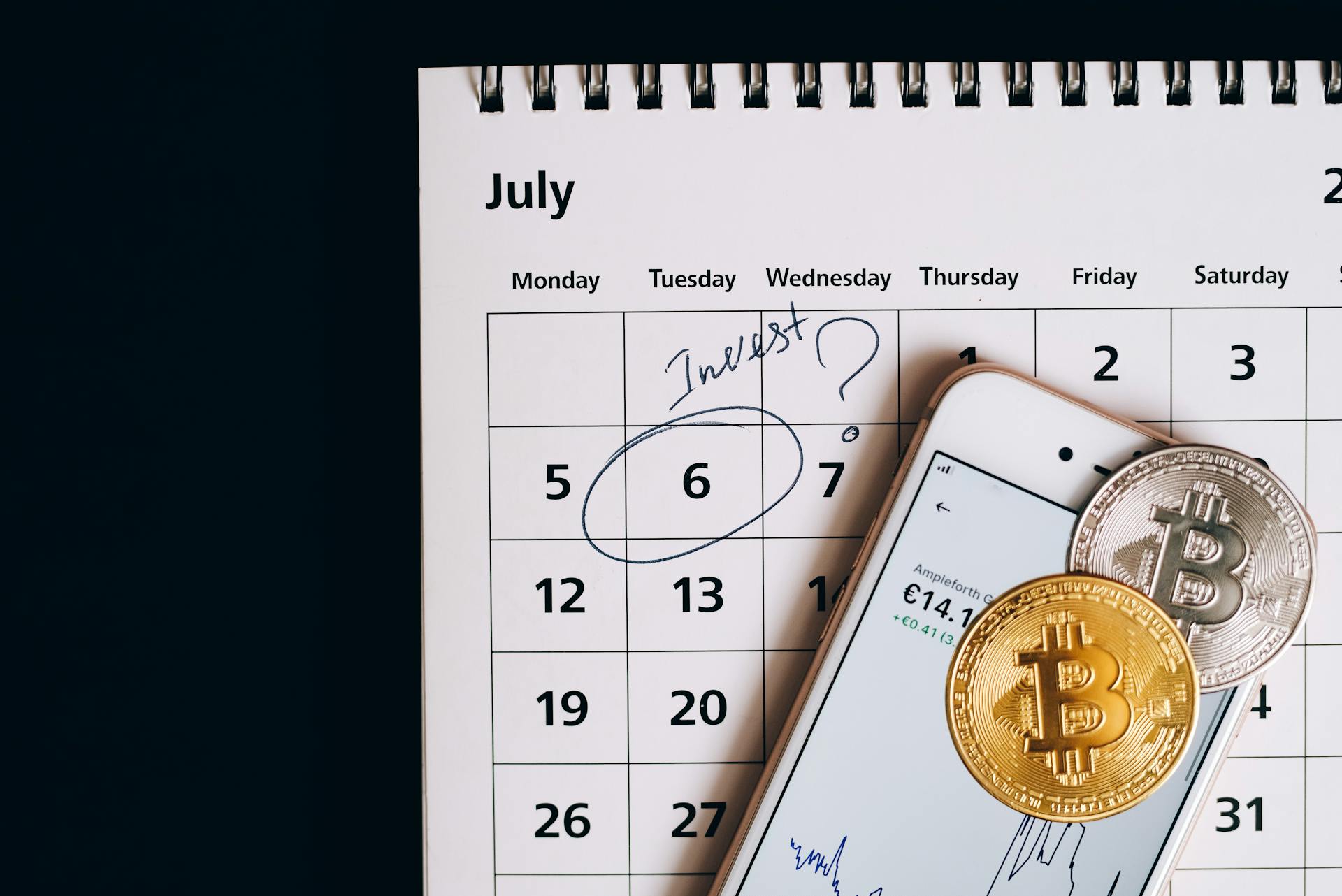
Mobile wallets can facilitate quick payments in physical stores through near-field communication (NFC) or by scanning a QR code. They tend to be compatible with iOS or Android devices.
Software wallets are generally considered hot wallets, which means they are connected to the internet and can be vulnerable to hacking.
Hardware
Hardware wallets are the most popular type of wallet because you can store your private keys and remove them from your device. These devices might resemble a USB drive.
Most hardware wallets can sign cryptocurrency transactions automatically without requiring you to enter the key, circumventing a hacker's ability to log your keypresses or record your screen.
These devices often cost between $100 to $200.
Ledger and Trezor are both well-known hardware wallets.
How to Set Up
To set up a crypto wallet address, you'll first need to choose a wallet provider that you can trust with your private keys.
A trusted wallet provider can be a reputable exchange like Kraken or Coinbase, or a well-known wallet provider like BitPay.
Before choosing a wallet, do your homework to ensure you're using a secure option.
This will help protect your private keys and keep your crypto assets safe.
Additional reading: Private Crypto Wallet
Cryptocurrency Wallet Address

A crypto wallet address is a unique identifier that points to the location where your cryptocurrency is held on the blockchain. It's like a bank account number that anyone can use to send you cryptocurrency.
The format of a wallet address varies depending on the blockchain, but it's usually a series of 1's and 0's condensed into an alphanumeric format. For example, Bitcoin addresses are typically between 26-35 characters, starting with a 1, 3, or bc1, while Ethereum addresses are 42 characters long, starting with "0x".
You can think of a crypto wallet address as a digital equivalent of your physical address, where cryptocurrency is stored and can be accessed. Some popular types of wallet addresses include Bitcoin addresses, Ethereum addresses, and ERC-20 token addresses.
Here's a brief comparison of different types of wallet addresses:
Your wallet address is used for receiving cryptocurrency, and it's usually found in your wallet app's settings menu. Some wallets even let you generate a QR code for easier sharing.
How BTC Works
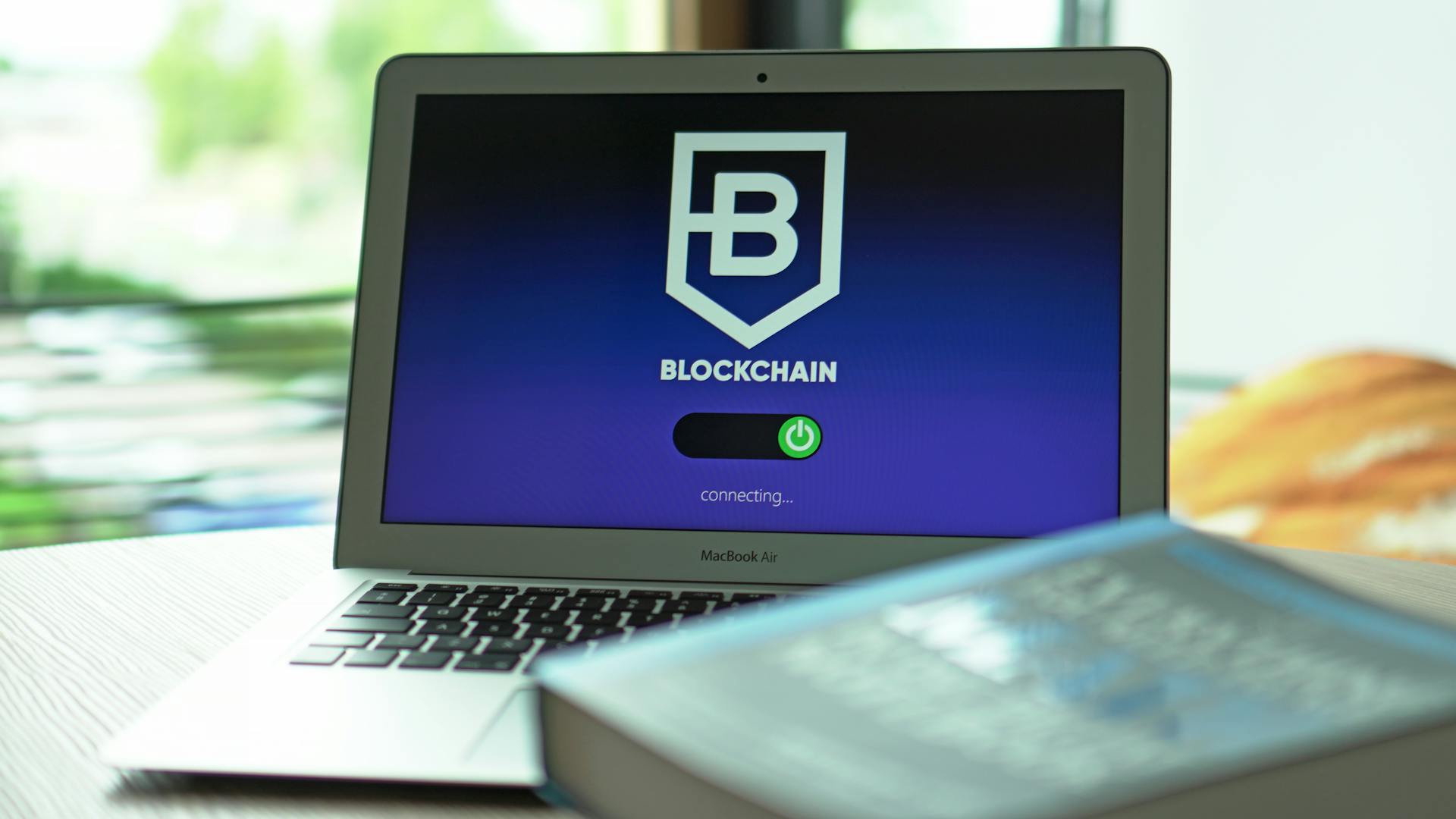
A BTC wallet address is like an email address, but for Bitcoin. It's a series of 1's and 0's condensed into an alphanumeric format, typically between 26-35 characters, starting with a 1, 3, or bc1.
You can think of a BTC wallet address as a bank account number, and just like a bank account number, it points to the account where your funds are held. Anyone can send you Bitcoin if they have your wallet address.
To send Bitcoin, you need to enter the recipient's wallet address, choose an amount to send, sign the transaction using your private key, add a transaction fee, and click send. This process is similar to sending an email, where you enter the recipient's email address and click send.
A wallet address is not the same as a private key, and anyone who knows your private key can control the coins associated with that address. This is why it's essential to keep your private key safe and secure.
Consider reading: Is Trust Wallet Easy to Use to Send Crypto
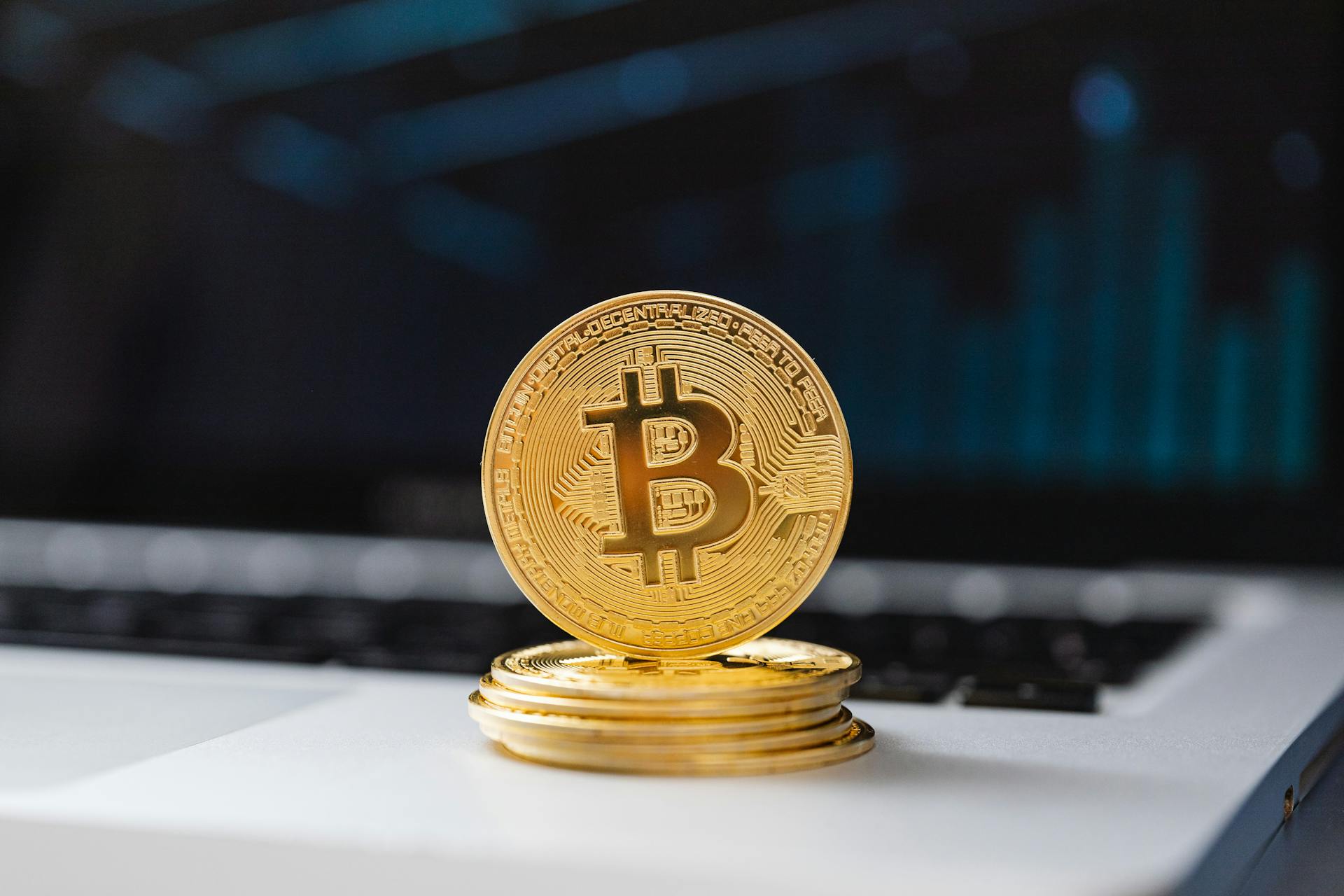
If you send Bitcoin to the wrong wallet address, the outcome depends on whether the address exists or not. If the address exists, the funds will be transferred to that wallet, and unfortunately, there's no way to undo the transaction or retrieve the funds unless the recipient is willing to send them back.
Here's a summary of what happens when you send Bitcoin to a wrong wallet address:
It's worth noting that BTC wallet addresses don't have an expiration date, so you can use an old address for as long as you like. However, it's recommended to generate a new address for each transaction to enhance privacy and security.
Bitcoin (BTC)
Bitcoin (BTC) is a popular cryptocurrency with three main types of wallet addresses. Each type has its own format and characteristics.
There are three types of Bitcoin wallet addresses. The original format is widely accepted but slower and more expensive in terms of transaction fees.
Explore further: Crypto Wallet Types

This format starts with the number 1 and is still widely used. An example of this type of address is 1A1zP1eP5QGefi2DMPTfTL5SLmv7DivfNa.
Another type of address was introduced to improve transaction efficiency and reduce fees by supporting Segregated Witness (SegWit) technology. This format starts with the number 3.
Here's a quick rundown of the three types of Bitcoin wallet addresses:
The Bech32 format is even more efficient and designed to support the latest Bitcoin protocol improvements. It is shorter and more secure than the previous formats.
Cardano (ADA)
Cardano (ADA) addresses are a crucial aspect of interacting with the Cardano blockchain. They are used for receiving ADA and participating in Cardano's staking mechanism.
Cardano addresses are a long string of alphanumeric characters starting with 'addr1'. This unique format allows for secure and efficient transactions within the Cardano network.
To give you a better idea, here's an example of a Cardano address: addr1qx2fxv2m5j9z7fx4q3n3h3g9hswjqvj3kr5m9gf6zgztgp3cqs7zzg5p5jqql9g5m.
Cardano addresses can be used for various purposes, including holding and transacting ADA.
Litecoin (LTC)
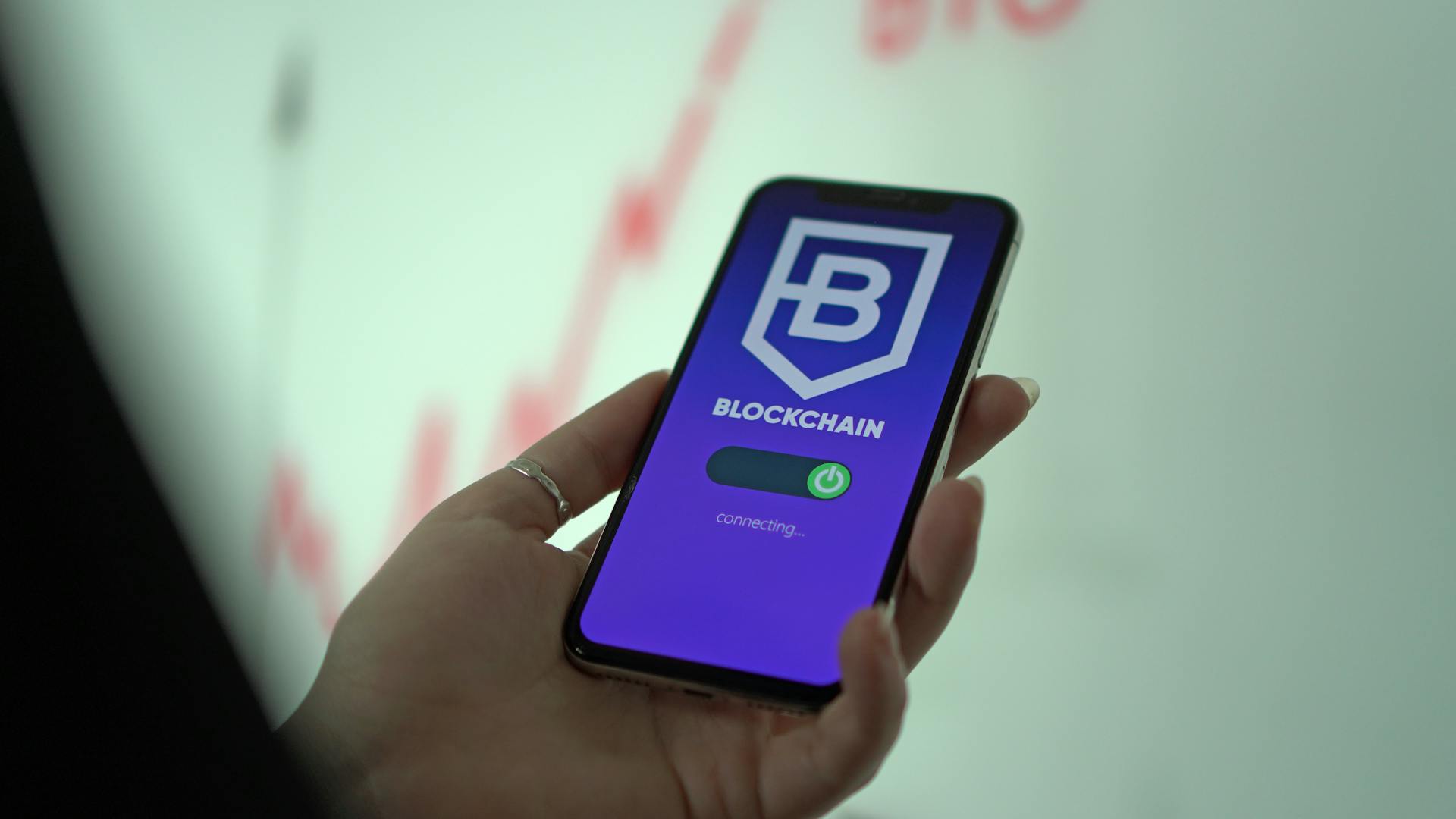
Litecoin (LTC) addresses are used for transactions on the Litecoin network. They have a specific format, which can start with 'L', 'M', or 'ltc1'.
Here's an example of a Litecoin address: LZ3R1kaG7Wybz7YjDEkgmNGASsqnmLy9ht.
Litecoin addresses are similar to Bitcoin addresses but with some differences in address prefixes and hashing algorithms. This means they can't be used interchangeably with Bitcoin addresses.
Ripple (XRP)
Ripple (XRP) addresses are a bit different from other cryptocurrencies. They usually start with an 'r' followed by a string of alphanumeric characters, like rHb9CJAWyB4rj91VRWn96DkukG4bwdtyTh.
A Ripple address includes a destination tag to specify the receiving account. This is crucial for transactions on the Ripple network.
Ripple addresses are required to distinguish between different users within a single address. This is especially important when sending transactions on the Ripple network.
Here's a quick rundown of the format of a Ripple address:
- Format: r followed by alphanumeric characters
- Description: Includes a destination tag
- Use Case: Required for transactions on the Ripple network
Finding Public and Private Keys
Finding your public and private keys is crucial when buying, selling, or trading crypto. Your wallet will store them for you, so you don't have to remember these codes.
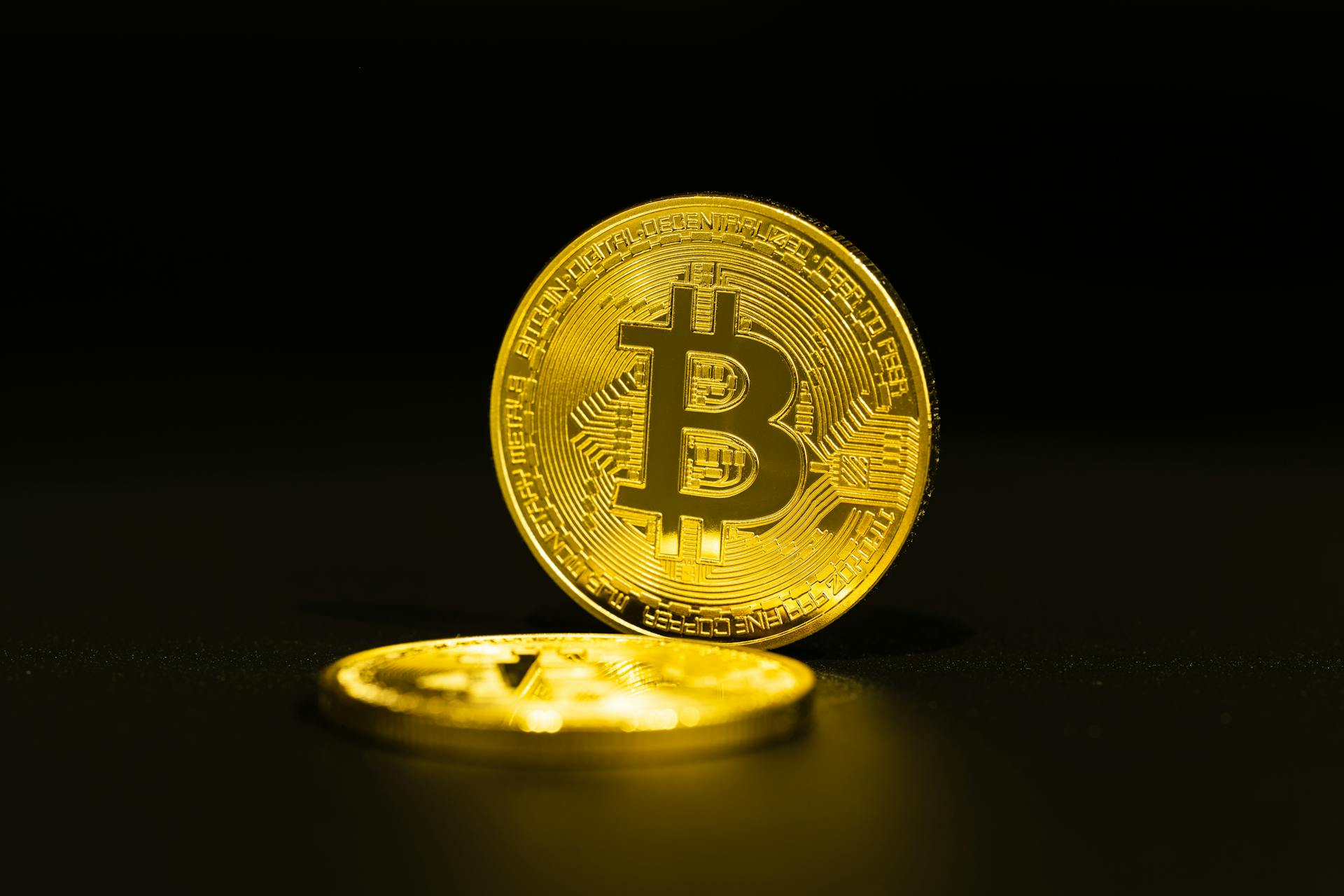
Your wallet address is easily accessible in your account information or settings, whether you're using a mobile or desktop software wallet or a hardware device app. You can find it in your mobile or desktop software wallet or in the app connected to your hardware device.
You should also keep track of your recovery phrase, which you'll need to write down and keep in a safe place. If you lose this phrase, you can lose access to your crypto. Some wallets have a backup feature to view your seed phrase when you're logged in to your device or account.
If you lose your wallet or device, you can enter your recovery phrase into a new hardware device or software wallet app to recover your tokens. This is especially important if you're not using a custodial wallet, which can use two-factor authentication to access your account.
Here's a quick rundown of what you need to find:
- Wallet address: In your account information or settings, in your mobile or desktop software wallet, or in the app connected to your hardware device.
- Recovery phrase: When you create a new wallet, write it down and keep it in a safe place. You can also use a backup feature to view your seed phrase when logged in to your device or account.
Sending BTC from Legacy to SegWit

Sending BTC from Legacy to SegWit is a relatively straightforward process, but there are a few things to keep in mind.
Transaction fees can be higher when sending from a Legacy address, as these newer formats are designed to be more efficient and reduce fees. This is because Legacy addresses are not as optimized for low fees as SegWit and Bech32 addresses are.
Some older wallets may not fully support Bech32 addresses, so it's a good idea to ensure your wallet software is up to date.
You should double-check what deposit and withdrawal options are available on your exchange before making the transfer, as some exchanges may not support certain types of addresses.
If you're transferring to another wallet you own, make sure you have the private key or seed phrase required to access the receiving wallet. This is crucial for security and to ensure the transaction goes through smoothly.
You might like: Is Sending Crypto to Another Wallet Taxable
Different Types with Examples
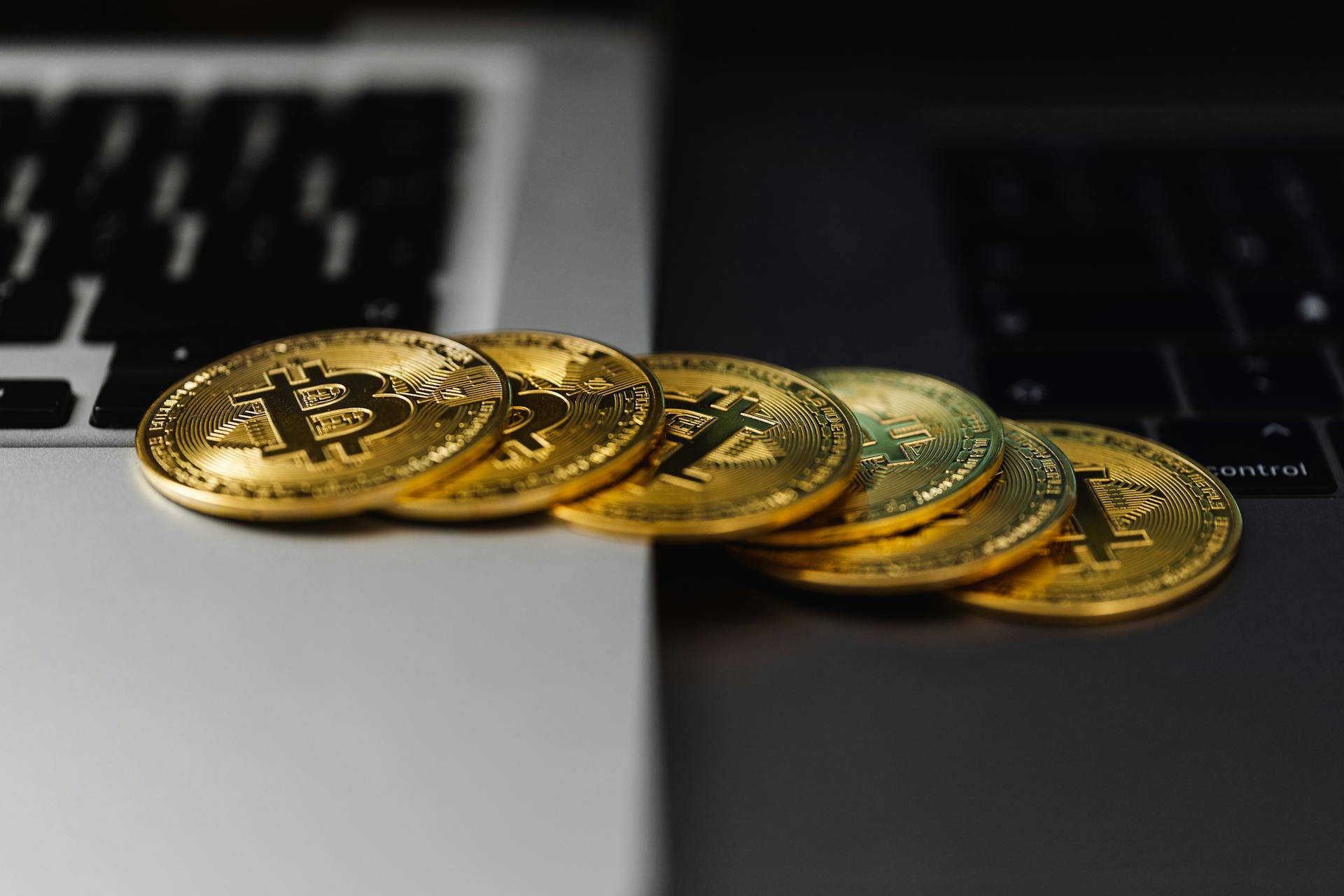
There are several types of Bitcoin wallet addresses, each with its own format and characteristics.
Legacy or P2PKH addresses start with "1" and were the original form of crypto address when Bitcoin first launched.
Segwit or Bech32 addresses start with "bc1" and are designed to limit the amount of information stored in each transaction, reducing transaction fees.
Compatibility or P2SH addresses start with "3" and enable certain specific functionalities, such as requiring multiple digital signatures for a transaction to be authorized.
Taproot or BC1P addresses start with "bc1p" and offer enhanced privacy for Bitcoin transactions, as well as unlock smart contract functionality for Bitcoin addresses.
Ethereum addresses, on the other hand, always start with "0x" and are 40 characters in length, excluding the prefix.
Litecoin addresses will begin either with "l" (legacy address), "m" or "3" (P2SH addresses).
Here are the different types of Bitcoin wallet addresses with examples:
Each of these address types has its own unique characteristics and uses, and it's essential to understand the differences when working with cryptocurrency.
Sources
- https://www.investopedia.com/terms/b/bitcoin-wallet.asp
- https://www.nerdwallet.com/article/investing/get-a-crypto-wallet
- https://transak.com/blog/what-is-a-wallet-address-a-beginners-guide-to-crypto-wallet-addresses
- https://academy.binance.com/en/glossary/btc-wallet-address
- https://www.bitpay.com/blog/crypto-wallet-addresses
Featured Images: pexels.com

